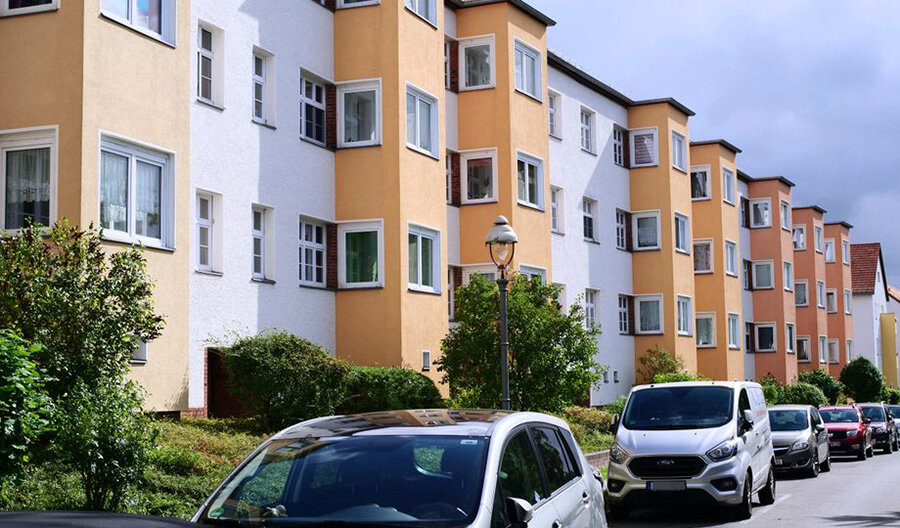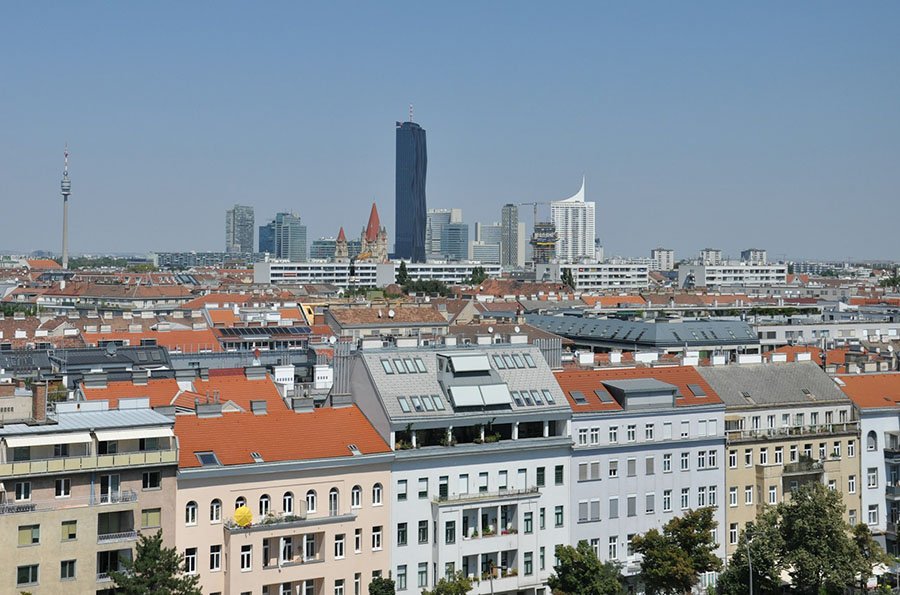Germany’s Rental Housing Market: Average Listing Time Drops to 23 Days

The average rental listing period in Germany has hit its lowest point in a decade, falling from 34 to just 23 days. Around 17% of apartments nationwide and 25% in Berlin are rented within 48 hours, according to Der Spiegel, citing research from the Kiel Institute for the World Economy (IfW). Analysts note that demand remains exceptionally high, even at record prices.
According to IfW, this shortening of rental periods is a sustained trend caused by intense market pressure. Where applicants once had more than a week to decide, now they have mere hours. IfW expert Jonas Zsralek explained that demand is extremely high and finding a suitable property in major cities is challenging. Even accelerated construction would take years to ease the shortage.
There are early signs of price growth slowing. In Q2 2025, average rents increased by only 0.7% compared to Q1, and when adjusted for inflation, they fell by 0.2%. For comparison, Q2 2024 saw a 3.4% increase (1.3% in real terms). Experts link this moderation to a partial market saturation after steep price jumps in late 2023 and early 2025.
The largest increases were in Düsseldorf (+1.5%) and Hamburg (+1.3%). Berlin matched the national average (+0.7%), while Leipzig and Munich rose by 0.3%. Stuttgart (+0.2%) and Cologne (+0.1%) saw minimal changes, and Frankfurt am Main recorded a 0.2% decline.
The price gap between cities remains significant. Munich leads with €22.82/m², followed by Frankfurt (€17.32), Stuttgart (€15.99), and Berlin (€15.62). Hamburg is close behind at €15.58, while Cologne (€15.10) and Düsseldorf (€14.25) are slightly lower. Leipzig stands out as the only major city with much lower rates (€10.10), about half of Munich’s.
IfW Kiel data shows that since 2012, the average listing duration in Germany’s largest cities has fallen by a third, with the decline accelerating after 2021. The GREIX Rental Price Index—based on millions of nationwide rental listings—accounts for factors like size, construction year, condition, and amenities, filtering out quality-related distortions.
The steepest drops in listing times over the past few years have occurred in cities with high inflows of new residents—Berlin, Munich, and Hamburg—where listing durations halved between 2021 and 2025. Researchers attribute this to increased migration and limited new housing supply.
The structural shortage of new homes continues to drive competition. According to the Federal Institute for Research on Building, Urban Affairs and Spatial Development (BBSR), Berlin needs about 23,000 new apartments annually, Munich 11,300, and Hamburg 10,200. Cologne requires about 6,000 per year, Frankfurt over 5,000, and Stuttgart 4,500. Current construction output—around 245,000 apartments annually in 2024–2025—falls well short of the 400,000 needed.
Germany’s rental market has a historically high share of tenants. Brookings estimates that over 50% of households rent, a structure shaped by postwar policies favoring mass development of rental housing. This makes the market particularly sensitive to increases in tenant demand, directly impacting listing speeds and price levels.
Experts agree that with the supply-demand imbalance persisting, competition for apartments in major cities will remain intense in the coming years. Even if real-term prices stabilize, housing affordability will continue to be a major social challenge in Germany.











